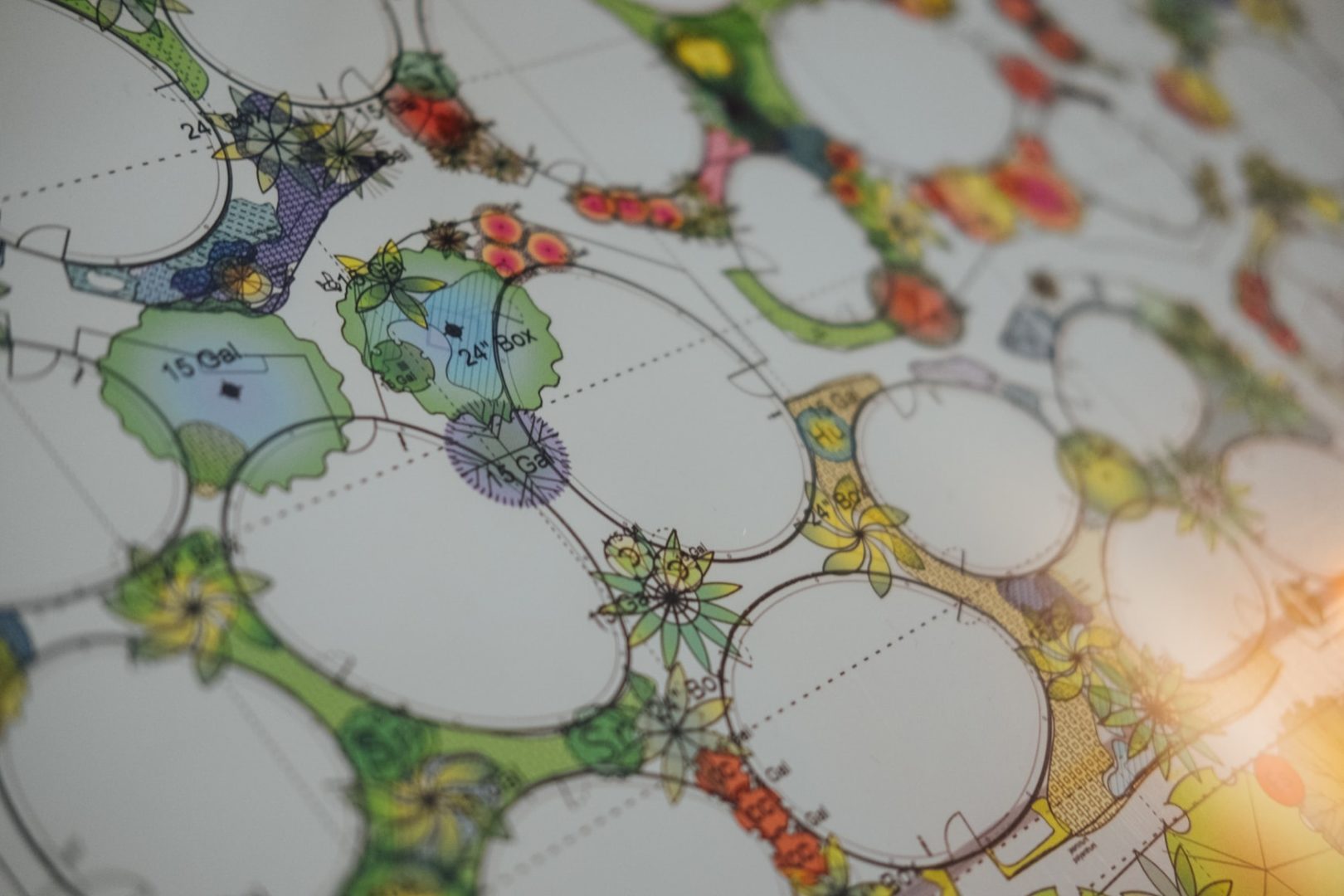How to Make a Landscape Design: A Step-by-Step Guide to Transform Your Outdoor Space
Creating a stunning landscape design is one of the most rewarding ways to enhance the beauty and functionality of your property. Whether you’re looking to improve curb appeal, create an outdoor oasis, or boost your home’s value, the process of designing a landscape can be a fulfilling project. In this article, we’ll guide you through the essential steps on how to make a landscape design that is both beautiful and practical.
1. Start with a Plan: Assess Your Space
Before you begin creating a landscape design, it’s essential to assess your outdoor space. Take the time to evaluate the size, shape, and features of your yard. Consider the following aspects:
- Property Boundaries: Measure the area you want to work with, taking note of property lines and existing features like trees, fences, or structures.
- Sunlight and Shade: Observe how sunlight interacts with your outdoor space throughout the day. This will help you select plants that will thrive in specific areas of your yard.
- Soil Conditions: Test the soil to understand its drainage capabilities and nutrient levels. This will influence the types of plants that are best suited for your landscape.
- Climate: Determine your local climate and hardiness zone. This ensures you select plants that are adaptable to the weather conditions in your region.
2. Define Your Landscape Goals
Next, think about what you want to achieve with your landscape design. Understanding your goals will help you create a cohesive design. Some key factors to consider include:
- Aesthetic Appeal: Do you want a formal garden, a tropical paradise, or a minimalist design? Your personal style should guide the overall look and feel.
- Functionality: Are you looking to create an outdoor entertaining area, a kid-friendly play zone, or a serene garden retreat? Consider how you want to use the space.
- Maintenance: Think about how much time and effort you’re willing to put into maintaining the design. Low-maintenance landscaping can help reduce the need for frequent upkeep.
3. Create a Site Plan and Sketch
Once you’ve gathered information and defined your goals, it’s time to create a site plan. A site plan is a detailed map of your outdoor space, which will act as the foundation for your design. Follow these steps to create a simple yet effective site plan:
- Outline Your Property: Draw the outline of your yard and any existing structures or features such as walkways, trees, and fences.
- Mark Key Elements: Include important elements like existing plants, water sources, or drainage areas.
- Identify Functional Areas: Create designated areas for different functions such as patios, gardens, and seating areas.
- Consider Traffic Flow: Ensure that the layout allows for easy movement and access to all areas.
This sketch will serve as a reference as you move forward with the design process.
4. Design Hardscaping Features
Hardscaping refers to the non-living elements of your landscape, such as patios, paths, walls, and fences. These features create structure and balance in the design. Here are some common hardscaping elements to consider:
- Walkways and Paths: Design pathways that connect key areas of your yard, whether it’s a winding garden path or a direct route from your front door to the backyard.
- Outdoor Living Spaces: Think about including an outdoor dining area, fire pit, or seating area for relaxation and entertaining.
- Retaining Walls and Edging: Use retaining walls to level areas with steep slopes, or create garden bed edges to define planting areas.
- Fences and Privacy Screens: Incorporate fences or hedges to create privacy or enhance the aesthetic appeal of your landscape.
Place these elements thoughtfully on your site plan, ensuring they align with your landscape’s functional needs and aesthetic goals.
5. Select the Right Plants
Plants are the heart of any landscape design, so selecting the right ones is key. Consider these factors when choosing plants for your design:
- Sun Exposure: Different plants require varying levels of sunlight. Be sure to select plants that will thrive in the sunlight conditions of each area of your yard.
- Size and Growth: Pay attention to the mature size of plants to avoid overcrowding. Place taller plants in the back and smaller plants in the front for an aesthetically pleasing, layered effect.
- Color and Texture: Mix colors and textures to create visual interest. Combine flowering plants, foliage, and ground covers to add variety to your design.
- Seasonality: Choose plants that offer year-round beauty. Opt for plants with staggered bloom times, or select evergreens for winter interest.
- Maintenance: If you’re looking for a low-maintenance landscape, choose plants that are drought-tolerant and require minimal pruning.
Make sure to map out where each plant will go on your site plan based on its light and water needs.
6. Incorporate Water Features and Lighting
Water features and lighting can add a touch of elegance and drama to your landscape design. Consider these additions:
- Water Features: Adding a fountain, or birdbath can create a soothing atmosphere and attract wildlife like birds and butterflies.
- Outdoor Lighting: Use lighting to highlight architectural elements, plants, and walkways. Lighting can also improve safety and extend the usability of your outdoor spaces at night.
On your site plan, mark the locations of water features and lighting fixtures to ensure they are placed in optimal spots.
7. Plan for Irrigation and Maintenance
An efficient irrigation system is essential for maintaining your landscape. Consider these tips:
- Irrigation: Install a drip irrigation system or sprinklers to water your plants efficiently and consistently. This is especially important if you live in a dry climate.
- Mulching: Use mulch around plants to retain moisture, suppress weeds, and regulate soil temperature.
- Maintenance: Plan for easy maintenance by selecting low-maintenance plants and creating designs that don’t require excessive pruning or upkeep.
8. Review and Refine Your Design
Once you’ve completed your design, take a step back and review the plan. Does everything flow well? Are the design elements balanced? Are there any areas that seem too crowded or too empty?
Make adjustments as needed, and consider getting feedback from a friend or landscape professional to ensure your design meets your goals.
9. Implement Your Design
With your design finalized, it’s time to bring it to life! Start by installing the hardscape elements first, such as walkways and patios. Once these are in place, move on to planting and installing water features, lighting, and irrigation systems.
Be patient and take your time, as landscaping is a process that can take weeks or months to complete, depending on the complexity of the design.
10. Ongoing Care and Adjustments
Once your landscape is in place, regular care and maintenance are essential to keeping it looking beautiful. Stay on top of watering, pruning, mulching, and seasonal updates to ensure your landscape flourishes throughout the year.
Conclusion
Creating a landscape design involves thoughtful planning, creativity, and an understanding of your space and goals. By following these steps, you can transform your outdoor area into a beautiful, functional space that enhances your property’s curb appeal and provides a relaxing retreat. Whether you choose to do it yourself or consult with a professional landscape designer, a well-planned landscape can be a long-lasting investment that adds value to your home and quality to your life. Contact us for expert help and advice!






